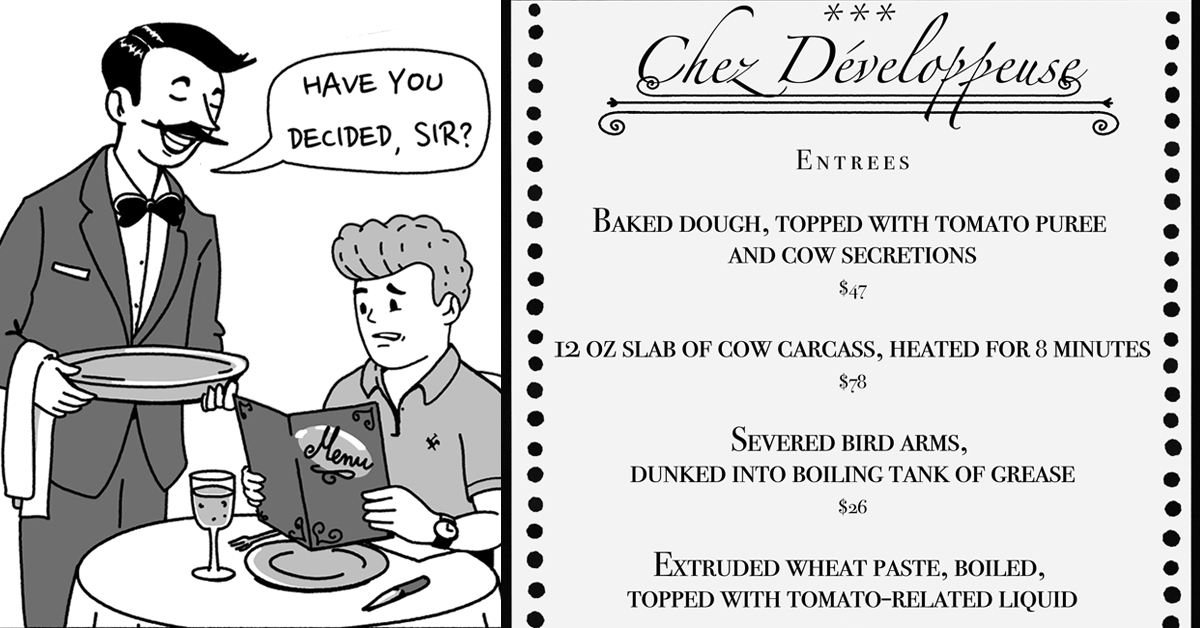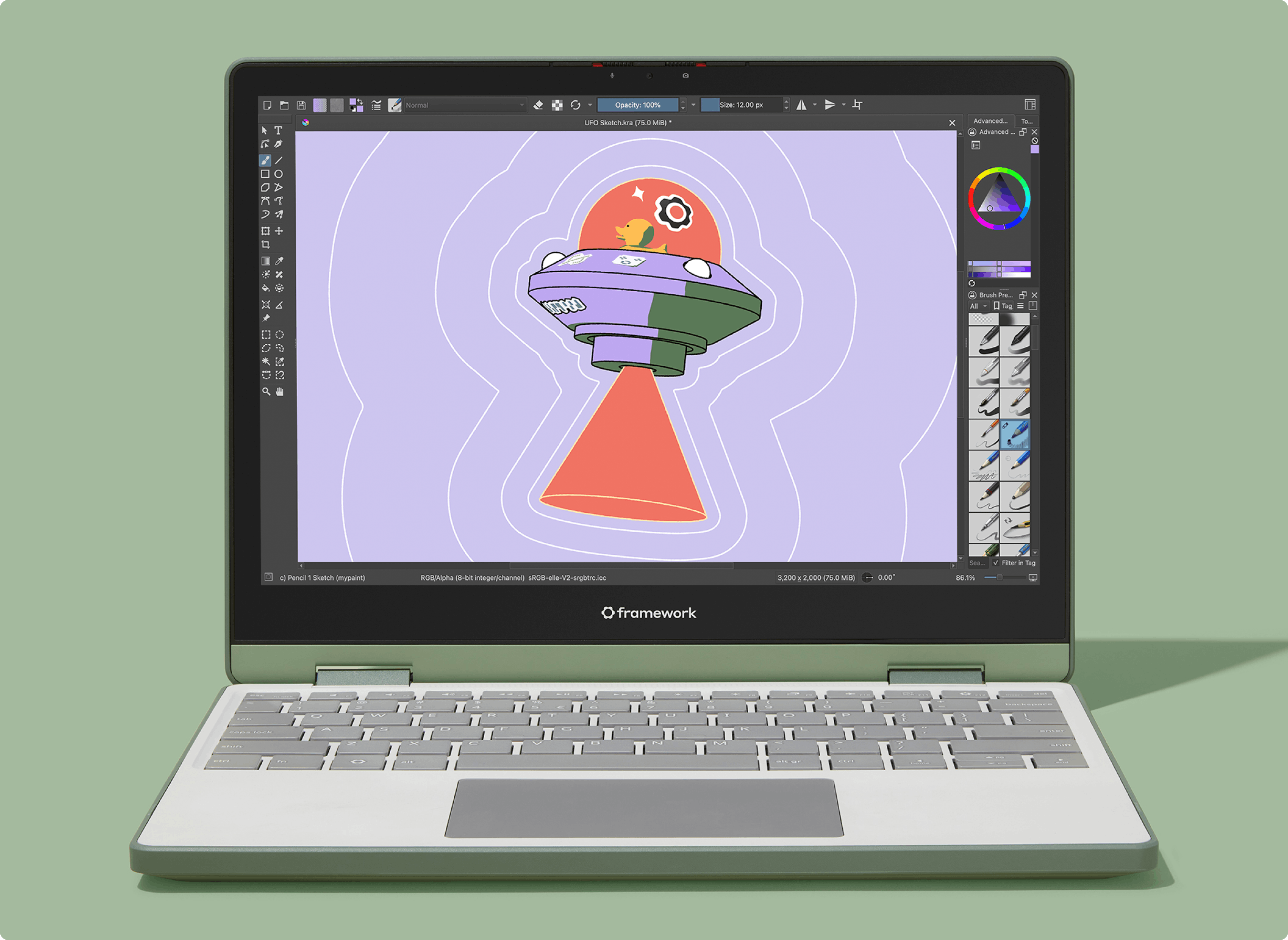Focus on LATAM
April 21, 2025
Cassettes are making a nostalgic comeback in Argentina’s indie and punk scenes—offering artists and fans a tangible, emotional connection to music.
In Argentina, as in other parts of Latin America, music has undergone various transformations over time, shaped by the sociocultural context and the advances in music production. However, despite these technological leaps, a phenomenon that seemed to have been left behind has resurfaced: the cassette. Far from being just a memory of bygone eras, the cassette has returned, becoming a coveted object in an underground movement that grows stronger every day. It’s a trend that’s here to stay.
The unexpected resurgence of the cassette in Argentina highlights how emotional drivers like nostalgia, identity, and tangibility can influence purchasing decisions. For consumer behavior fanatics, this case offers key insights into how “old” trends can re-emerge as powerful market forces, or even indicators of a larger market movement, especially when they intersect with subcultures and alternative value systems.
Why Has the Cassette Returned in Argentina?
The popularity of the cassette in Argentina can be explained by various cultural and emotional factors that influence today’s music consumers.
-
Nostalgia and emotional connection to the past: In an era dominated by digitalization, the cassette has become a symbol of nostalgia. Listening to a cassette evokes memories of a time when music was enjoyed in a tangible way. The act of rewinding, the sound of the tapes, and the packaging are all part of a unique experience that cannot be replicated by digital formats.
-
The value of the physical over the digital: Even though streaming dominates the music industry, many music fans feel that digital formats have stripped songs of their physical value. Like vinyl, the cassette offers a tangible and collectible experience. Its physical format allows the listener not only to consume music but also to enjoy an object that can be displayed, collected, or even traded. This has reignited interest in cassettes among young people, who find in them a more direct connection to the musical art form.
-
Retro as a statement of identity: Young people seek to stand out through their cultural choices, and the return of the cassette is a way to make a style statement. Acquiring limited edition cassettes or tapes from emerging bands has become a way to stand out and connect with an alternative culture that values analog over digital. This trend carries significant weight in indie or punk music scenes, where the cassette represents an authentic way to support emerging artists.
Music Industry’s Perspective
For musicians, especially in indie and punk scenes, the cassette has taken on an important role in their distribution and promotion strategies. Cassettes have become not only a nostalgic way to share music, but also a cost-effective alternative to reach audiences.
-
Low production cost: Compared to vinyl, producing cassettes is much cheaper. This allows independent musicians to release limited editions or small batches at a lower cost. In a country like Argentina, where vinyl production can be expensive and complicated, cassettes present a more accessible option for those who want to offer a physical product to their followers.
-
The cassette as a collectible object: Cassettes have become collector’s items, especially in limited editions or with special designs. Many artists release numbered cassettes or tapes with exclusive covers, which adds value for listeners. These products hold worth not only as music, but as cult objects within the music community.
-
The return of independent labels and DIY distribution: Within music scenes, the return of the cassette is also linked to the “do it yourself” (DIY) movement. Small record labels, or even the artists themselves, can produce and distribute their cassettes directly, allowing them to retain control over their music and image. This has created a sort of micro-industry around the cassette, where emerging bands have an accessible platform to distribute their music in physical format. Independent labels like “acá_no_manda_nadie” (“no_one_rules_here”), “Los pájaros records 2” (“The Birds Records 2”), “Pogodiscos” and “fichines ruido zafarla” (loosely translated to “arcade noise hussling”) are helping make this trend accessible to everyone.
Despite its revival, the cassette faces some challenges. The sound quality, while nostalgic for many, doesn’t always match the clarity of digital formats or vinyl. Moreover, cassette production requires specific equipment, meaning not all artists can easily access its production.
However, its success lies in its ability to offer a unique and tangible experience, reinforced by the emotional connection many feel with this retro format. As more artists and record labels embrace this trend, the cassette is establishing itself as a key element in Argentina’s music culture.
In conclusion, the cassette has returned to stay in Argentine music, both in the mainstream and indie scenes. Its resurgence is not just a passing fad but a manifestation of a culture that values the tangible, the nostalgic, and the authentic. For artists, especially independents, it represents an accessible way to reach their audience, while for consumers, it offers a more personal and emotional way to connect with music.
For researchers, the return of the cassette is more than a curious fact to read about. It’s a case study in how deeply cultural values shape consumer trends. It reveals the potential of analog formats in a digital world, and how authenticity, exclusivity, and emotional resonance can drive demand - and exploring these drivers can open up new opportunities for brands and creators alike.
Disclaimer
The views, opinions, data, and methodologies expressed above are those of the contributor(s) and do not necessarily reflect or represent the official policies, positions, or beliefs of Greenbook.









 English (US) ·
English (US) ·